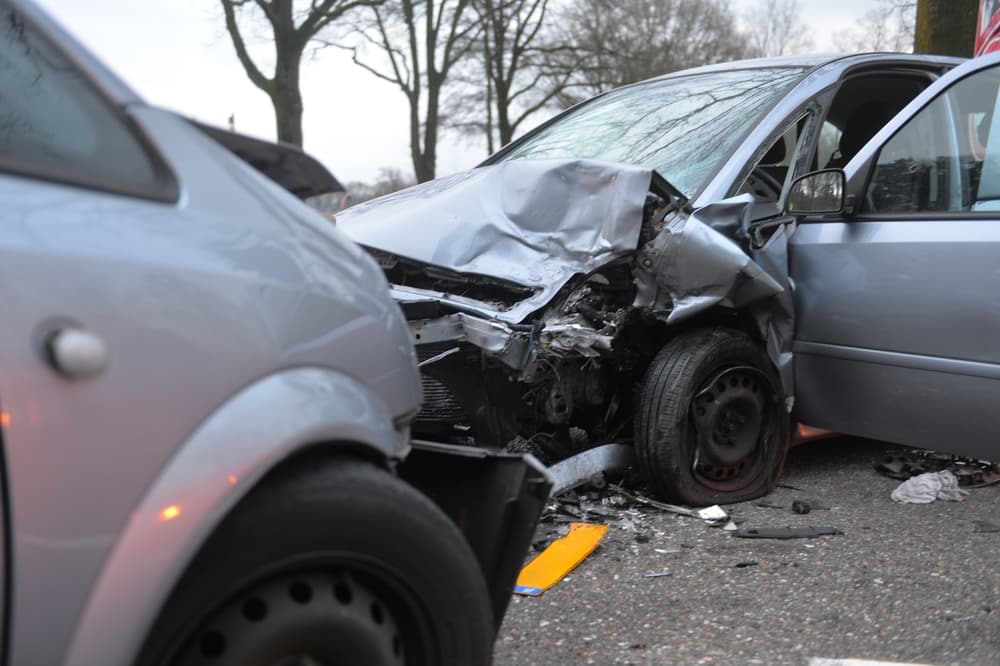You might go about your usual day in San Mateo, whether driving to work, going to the grocery store, or picking your kids up from school. Suddenly, another driver crashes their car into yours, and you immediately feel pain and know something is wrong. You will need medical treatment, time off work, and a long path to recovery. In an instant, you have serious and costly disruptions to your life.

Car accidents can be traumatic no matter where they happen in San Mateo, leaving victims with physical injuries, emotional distress, and financial burdens. If you've been in a car accident in San Mateo, always understand your legal rights and options moving forward.
By retaining a skilled San Mateo car accident attorney, you can focus on your physical recovery while knowing that your legal interests are in capable hands.
Don't hesitate to contact an attorney after a crash. They can provide the necessary support, advice, and advocacy to get through this stressful time and secure a favorable outcome.
The following are only some of the many places collisions commonly occur in the area.
Highway 101
Highway 101 serves as a main artery running through San Mateo County, connecting several communities and serving as a key route for both local and tourist traffic. Its significance comes with a downside: the freeway is notorious for heavy congestion, complex interchanges, and a higher frequency of vehicular accidents.
The blend of high-speed traffic, merging lanes, and the constant influx of drivers unfamiliar with the area contribute to its reputation as a challenging stretch for motorists.
Interstate 280
Interstate 280 offers some of the most stunning views of the Bay Area. However, the beauty of I-280 is juxtaposed with its potentially hazardous conditions.
The freeway's winding paths, coupled with sudden changes in elevation, demand undivided attention from drivers. These features, while scenic, increase the risk of accidents, especially under less-than-ideal weather conditions or when drivers are caught off-guard by the road's twists and turns.
El Camino Real
El Camino Real, a historic road stretching the length of San Mateo County, sees a mix of vehicular, pedestrian, and bicyclist traffic. Despite its importance as a major thoroughfare, it lacks adequate crossings and safety measures for non-vehicular traffic, making it particularly dangerous for pedestrians and bicyclists.
The road's heavy traffic, combined with these shortcomings, has led to numerous accidents, highlighting the need for increased safety enhancements.
Highway 92
Highway 92 becomes a magnet for traffic connecting the Peninsula to the East Bay, especially during weekends as people travel to and from the coast.
The scenic route, while beautiful, can become dangerous with the influx of vehicles, particularly for those unaccustomed to its narrow lanes and sharp curves. The congestion, often exacerbated by recreational travel, increases the likelihood of collisions and delays.
Skyline Boulevard (Highway 35)
Skyline Boulevard, or Highway 35, loops through the Santa Cruz Mountains with its narrow, winding roads. The road offers a breathtaking yet difficult journey, with its sharp bends and limited visibility challenging even the most experienced drivers and motorcyclists. The lack of guardrails in certain sections increases the risk, especially in adverse weather conditions or at night.
Tunitas Creek Road
Tunitas Creek Road is a lesser-known yet equally dangerous road characterized by its narrow lanes and sharp twists. Drivers often misjudge the road's difficulty, leading to excessive speeds and, ultimately, accidents.
Its remote location and challenging terrain mean that any mishap on Tunitas Creek Road can have serious consequences, underscoring the importance of cautious driving.
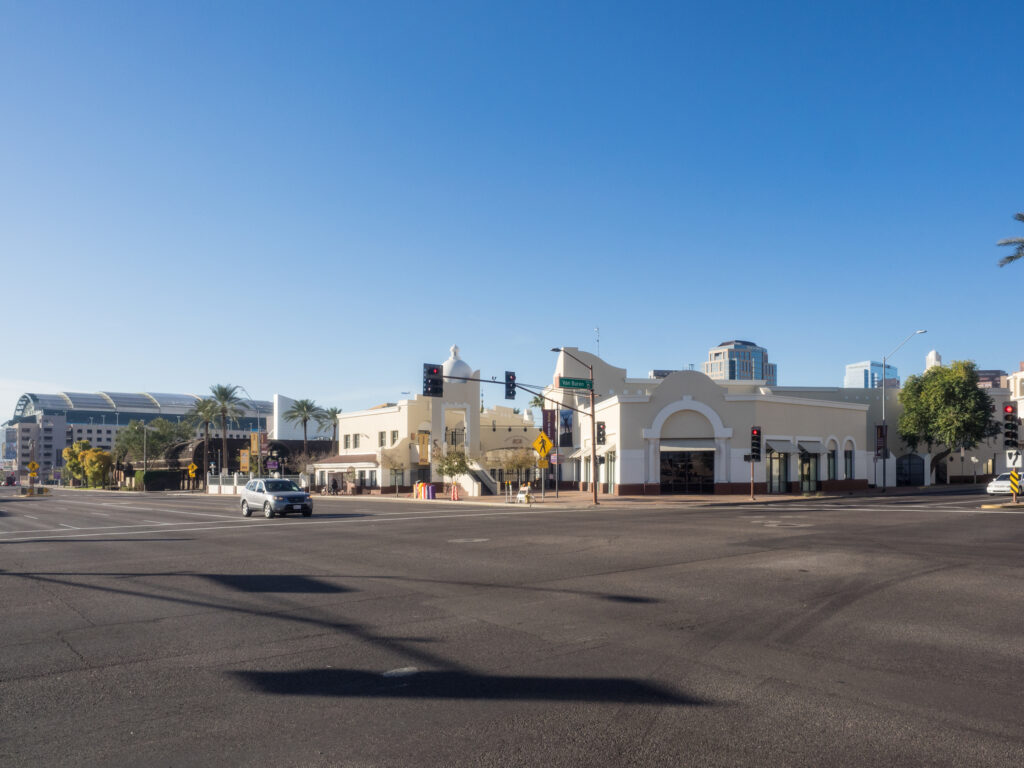
Ringwood Avenue and Van Buren Road
Though accidents at the intersection of Ringwood Avenue and Van Buren Road are less frequent, they tend to be severe when they occur. The unique traffic patterns and limited visibility in this area contribute to the risk, making it a concern for local residents and authorities.
California Drive and Willow Road
The intersections along California Drive and Willow Road are hotspots for accidents involving vehicles, pedestrians, and bicyclists. These areas are particularly challenging due to the high volume of traffic and the need for vulnerable road users to cross busy streets.
No matter where your collision happened, one thing remains the same: consult a San Mateo car accident lawyer after receiving medical care.
What Causes Road Safety Issues in San Mateo County?
With its strategic location near Silicon Valley, San Mateo County faces unique challenges in maintaining road safety. The blend of high traffic volumes, intricate road designs, diverse terrain, and the presence of pedestrians and cyclists contributes to the complexity of navigating its roads safely.
Here, we'll look deeper into the factors that make San Mateo's roads some of the most challenging in the Bay Area.
The Impact of High Traffic Volume
The county's appeal as a residential and business hub, coupled with its proximity to tech giants in Silicon Valley, means roads are often congested. Peak travel times see a significant increase in vehicles on the road, heightening the risk of accidents.
This congestion is not just a matter of inconvenience but a serious safety concern, as the risk of collisions escalates with the number of vehicles sharing the road.
Complex Interchanges
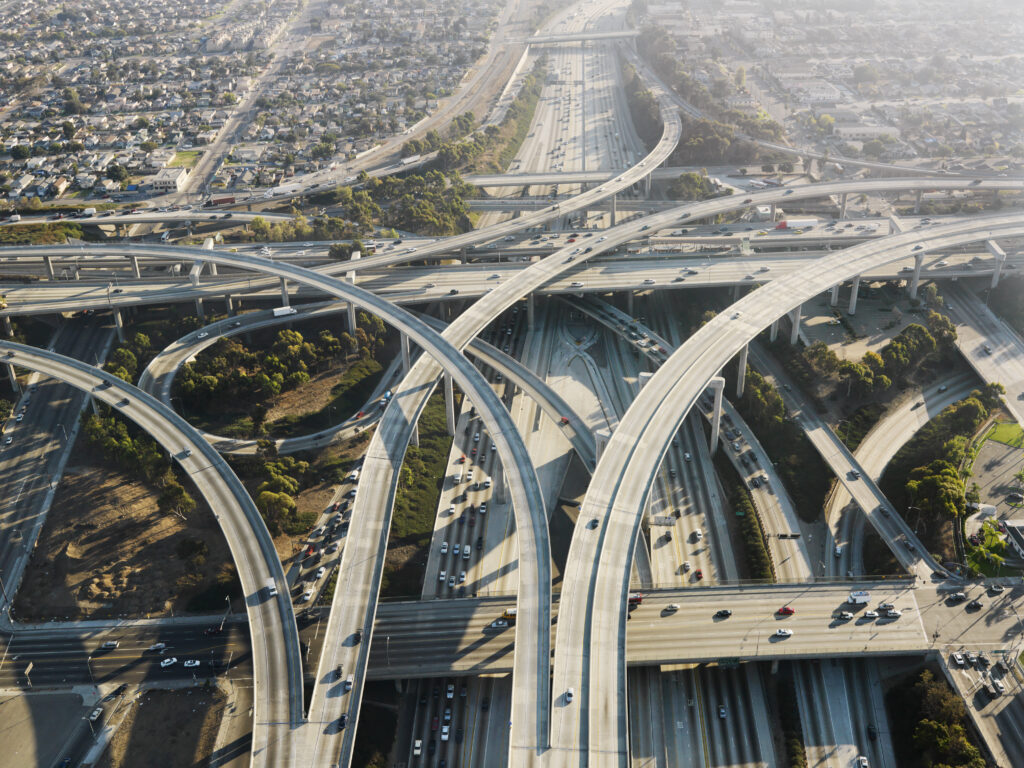
San Mateo County is known for its sophisticated network of highways and interchanges, designed to facilitate traffic flow between multiple key routes.
While these interchanges are marvels of modern engineering, they also require drivers to be especially attentive. The complexity of merging lanes, exit ramps, and crossing traffic streams can be overwhelming, particularly for those unfamiliar with the area.
Curves and Slopes
The natural beauty of San Mateo County is partly due to its varied topography, featuring hills, valleys, and coastal terrain. However, this also means many roads have sharp curves and steep slopes, which can be treacherous, especially under poor weather conditions or low visibility.
Pedestrian Safety in Urban Areas
In urban centers across San Mateo County, pedestrian traffic is a constant. Areas near shopping centers, schools, and public transit hubs are particularly busy. The coexistence of vehicles and pedestrians requires a shared commitment to safety.
Drivers must watch pedestrian crossings, especially at night or in bad weather.
Sharing the Road with Cyclists
Promoting cycling for recreation and commuting has led to an increase in cyclists on San Mateo's roads. This shift towards more sustainable modes of transport is positive, but it also requires a greater awareness among motorists to share the road responsibly.
Cyclists have the same rights to the road as motor vehicles, and respecting these rights ensures the safety of all road users. Motorists should carefully overtake cyclists, leaving sufficient space and checking for cyclists when making turns.
When another driver is negligent and causes your injuries, a San Mateo car accident lawyer is ready to help.
What Types of Car Accidents Happen in San Mateo?
Car accidents, while unfortunate, are a reality on the roads of San Mateo, manifesting in various forms, each with its own set of risks, causes, and potential outcomes.
Here, we'll look into the common types of car accidents, exploring their causes and impact on those involved.
Rear-End Collisions
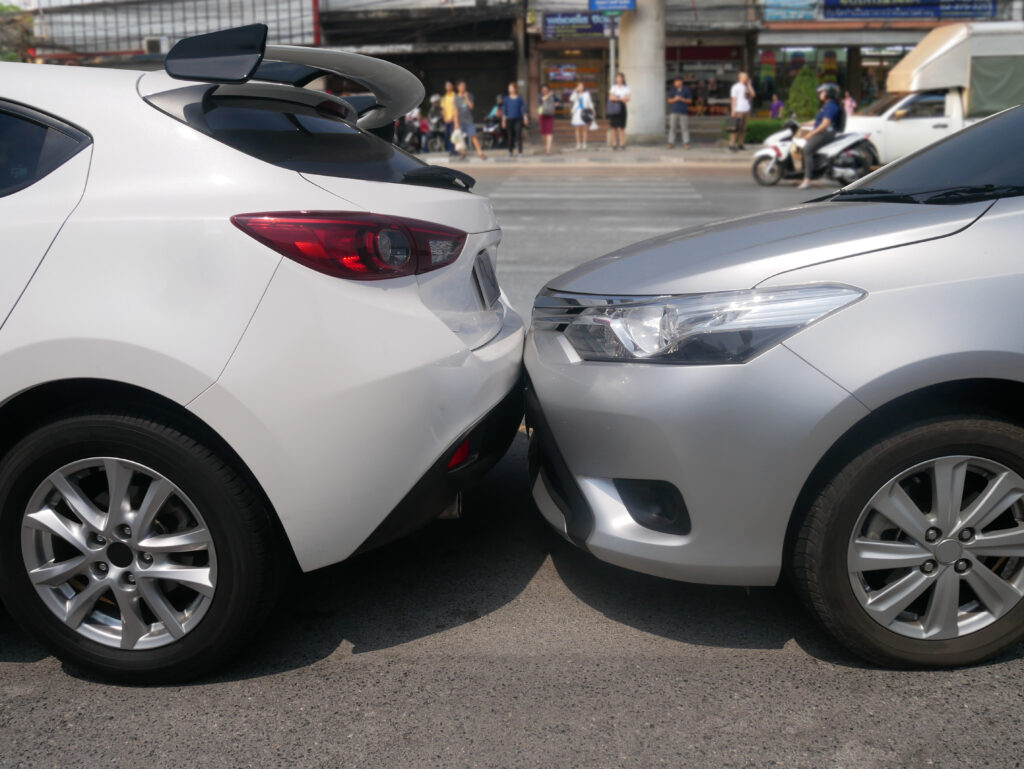
Rear-end collisions are among the most frequent types of car accidents. Characterized by one vehicle crashing into the back of another, these incidents often result from tailgating, distracted driving, abrupt stopping, or challenging weather.
The consequences of rear-end collisions can range from minor vehicle damage to severe injuries such as whiplash, highlighting the importance of maintaining a safe following distance and staying alert.
T-Bone Collisions
T-bone, or side-impact collisions, occur when the front of one vehicle strikes the side of another, often at intersections. These collisions are particularly dangerous due to the limited protection the sides of vehicles provide. Causes include failing to yield, running red lights, or misjudging another vehicle's speed.
T-bone collisions can cause devastating injuries ranging from broken bones to life-threatening conditions.
Head-On Collisions
Head-on collisions, where the fronts of two vehicles collide, are among the most severe accidents due to the high-impact force involved.
Often resulting from wrong-way driving, attempts to overtake on undivided roads, or driver impairment, head-on collisions frequently lead to catastrophic outcomes, including fatalities. These accidents serve as a grim reminder of the importance of adhering to traffic laws and driving sober.
Sideswipe Collisions
Sideswipe accidents happen when the sides of two parallel-traveling vehicles touch. Typically occurring during lane changes or when drivers fail to stay within their lane, sideswipe collisions may seem less severe.
Still, they can cause significant vehicle damage, loss of control, and subsequent accidents. Ensuring proper signaling and checking blind spots are crucial preventive measures.
Single-Vehicle Accidents
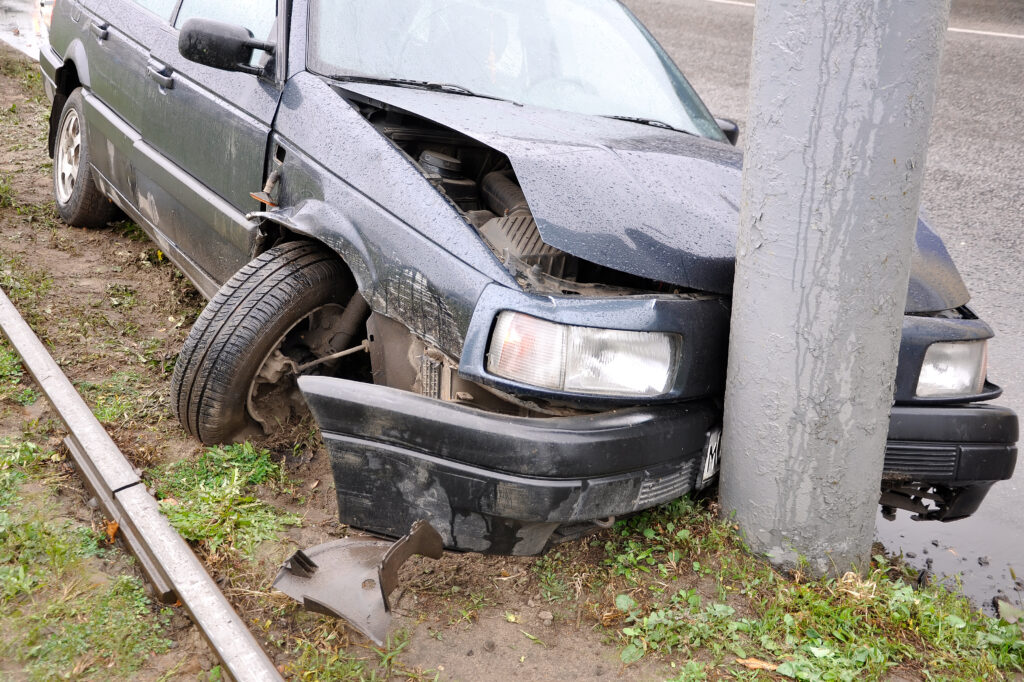
Single-vehicle accidents involve only one vehicle and can result from driver distraction, speeding, encountering road hazards, or adverse weather conditions.
Collisions with stationary objects like trees or barriers are common in these incidents, leading to severe, sometimes fatal, injuries. The role of external factors, such as actions by other drivers causing a vehicle to swerve and crash, also falls under this category, highlighting the unpredictable nature of driving.
Rollover Accidents
Rollover accidents, where a vehicle flips onto its side or roof, are more common in top-heavy vehicles like SUVs and trucks. Triggered by sudden maneuvers or high-speed collisions, rollovers are particularly violent and often result in serious injuries to occupants. The dynamics of rollover accidents emphasize the need for cautious driving, especially in vehicles prone to such incidents.
Multi-Vehicle Pile-ups
Multi-vehicle pile-ups involve three or more vehicles in a domino-effect collision. These accidents typically occur on highways and freeways, often sparked by low visibility, inclement weather, or driver inattention.
The complexity and scale of multi-vehicle pile-ups result in extensive property damage, numerous injuries, and a challenging scene for emergency responders.
Common Injuries from Car Accidents
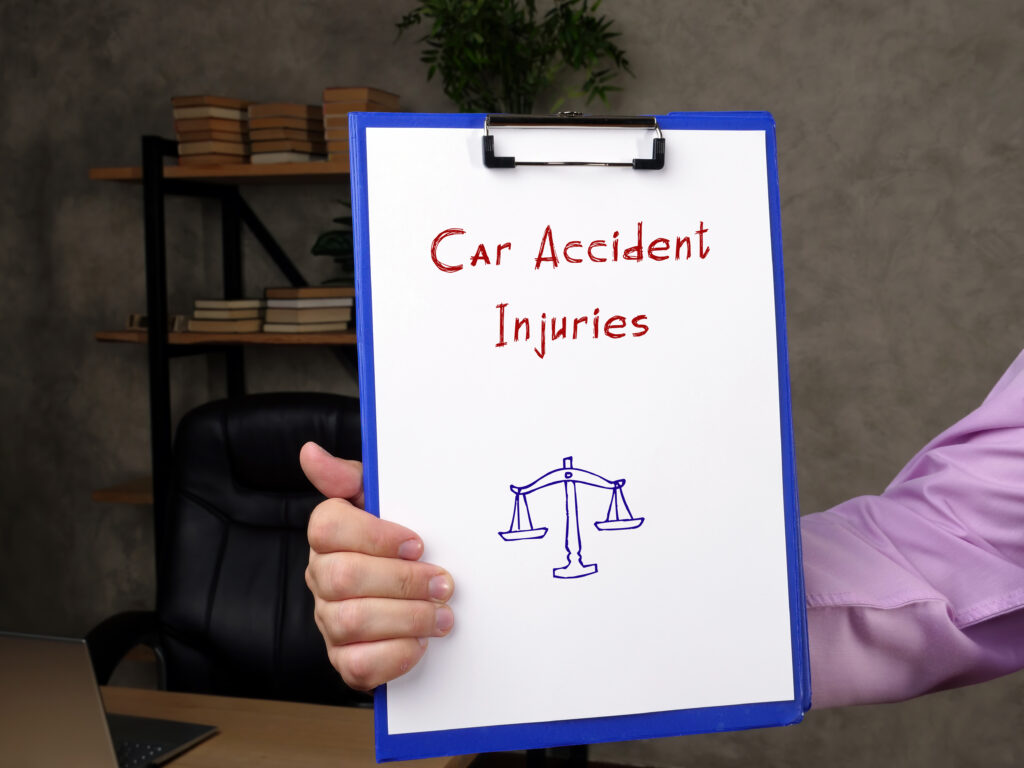
Car accidents on the roads of San Mateo County can lead to a wide range of injuries, varying in severity based on the circumstances surrounding each incident:
- Whiplash: Often resulting from rear-end collisions, whiplash occurs when the head abruptly jerks forward and back, causing neck pain, stiffness, and, in some cases, longer-term complications.
- Broken Bones: The force exerted during a crash can lead to fractures or breaks, affecting the arms, legs, ribs, and collarbones, among others, and requiring medical intervention.
- Head Injuries: These range from concussions to severe traumatic brain injuries (TBIs), arising from the head's impact with interior car elements like the steering wheel or dashboard. The consequences can vary widely, from temporary disorientation to long-term cognitive challenges.
- Chest Injuries: The sudden compression against seat belts, steering wheels, or airbags can lead to chest traumas, including broken ribs and internal organ damage, requiring immediate and possibly ongoing medical care.
- Back Injuries: Accidents may cause back strains, sprains, or more serious conditions like herniated discs, often resulting in persistent pain and a need for comprehensive treatment.
- Soft Tissue Injuries: Damage to muscles, ligaments, and tendons can cause significant discomfort, swelling, and reduced mobility, impacting daily activities and quality of life.
California's Car Accident Statute of Limitations
In California, the statute of limitations governs the timeline for filing a lawsuit after sustaining injuries in an accident.
This law establishes a deadline for initiating legal action to seek compensation for injuries sustained due to another's negligence.
- General Personal Injury Claims: The statute of limitations for car accidents and other negligence-based incidents is two years from the date of injury. Missing this window can mean losing the right to compensation.
- Wrongful Death Claims: In cases where negligence leads to a fatality, the decedent's family has two years from the date of death to file a claim.
- Claims Against Government Entities: When the injury involves a government body, you must file a preliminary government tort claim within six months of the incident. Following a denial, a six-month period is allowed to file a lawsuit.
- Minors: The statute pauses for individuals injured as minors until they reach 18, at which point they have two years to file.
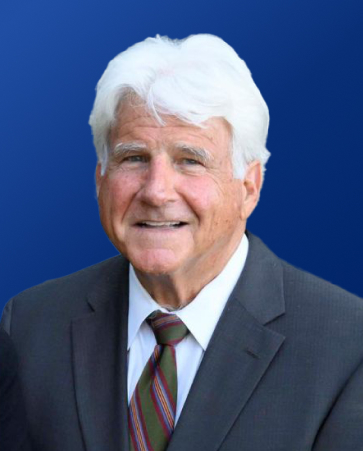
Did You Suffer Injuries in an Accident on San Mateo Roads? Call a Car Accident Lawyer Today
After an accident, a car accident attorney can offer guidance, assess the merits of your case, and ensure compliance with California's legal deadlines, maximizing your chances for fair and just compensation.
Start your journey toward recovery and compensation by reaching out for legal assistance today.

